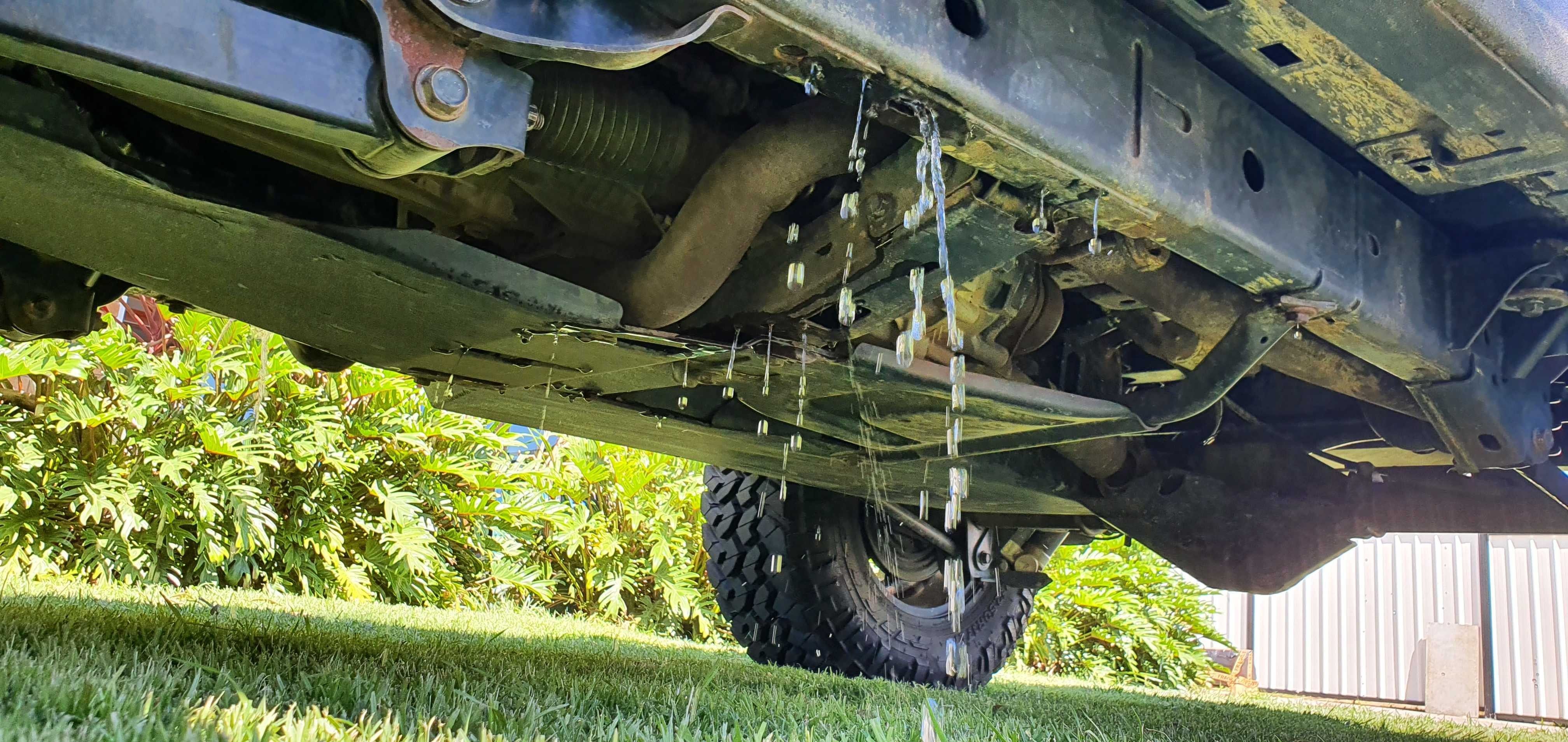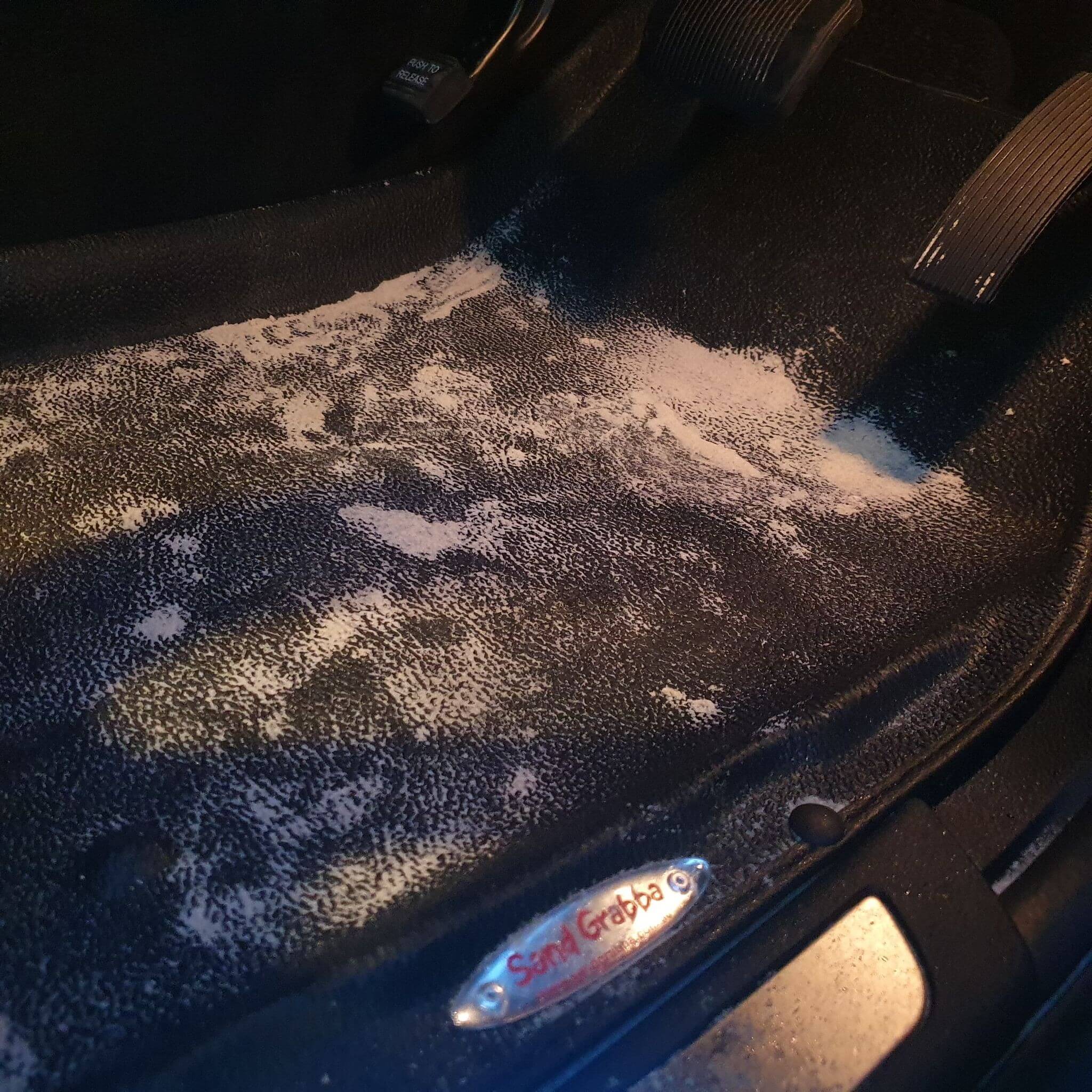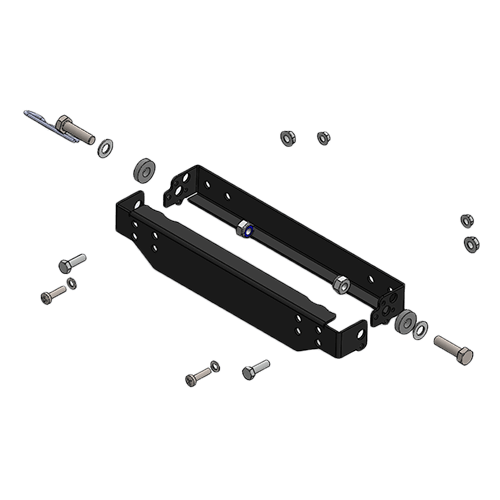Blown Headgaskets and what it can mean for your 4x4 trip.
Head gaskets can be a nightmare, as you’ll know if you’ve ever had one blow on you. They certainly cause their fair share of frustration among off-road drivers, and a lot of that frustration seems to come from people not being totally sure what head gaskets are for. It does look a bit counter-intuitive; the engine block is made of metal, so why put a slab of softer, much less durable material in there? In fact your head gasket is a vital component – so vital that internal combustion engines just wouldn’t be possible without it.
There’s a lot going on inside your engine. As well as the cylinders there are channels for lubrication and coolant in there, and various other holes and cavities. It’s complex enough that you can’t make an engine block in a single piece – and, even if you could, you wouldn’t be able to get the cylinders in. The solution is to cast the block in one piece, then bolt a separate cylinder head on top.
Unfortunately this creates a join right at the level of the top of each cylinder, just where pressures are highest when the engine is running. No matter how smooth you machine the surfaces, hot gas will be forced into this gap and steadily erode the metal until there are huge leaks between block and head. The solution is to sandwich a layer of something tough but flexible between them, so when the head is bolted down the gap is completely sealed. This layer is your head gasket.
Obviously, head gaskets have a pretty tough life. As well as having to seal the cylinders, they’re also constantly exposed to hot oil and coolant. This means that they have to be heat resistant. They used to be made of asbestos, but that turned out to be a bit unhealthy; now they’re usually alternate thin layers of steel and heatproof elastomers, although some are solid copper. Modern gaskets are very durable, and it’s not uncommon for them to last the whole life of the engine.
That doesn’t always happen, though. Sometimes leaks do develop, and you’ll get either coolant or oil finding its way into the cylinders. If your exhaust starts smoking a leaky gasket is a prime suspect – blue smoke usually means oil, and white means coolant.
Typical signs of a blown headgasket include:
- White smoke from the exhaust
- Bubbles in the radiator when at idle
- Loss of coolant over longer periods of driving
If you’re off-roading in some of the warmer parts of Australia a gasket failure suddenly becomes a lot more likely. The most common cause of serious, non-progressive failures is an overheated engine. If your engine overheats and you keep moving the cylinder head often warps, especially if it’s an aluminium one, and pulls away from the gasket. What then happens is oil, water and combustion gases can all get into each other’s channels, and this is not good news. Sudden loss of power and a smoky exhaust are common signs that this has happened.
New gaskets are cheap, but fitting them is a big job. The cylinder head obviously has to come off so you can remove the old gasket and fit a new one, but it needs to be checked for warping and cracks, too – refit a damaged head and the new gasket won’t help much. You’ll also have to check and reseat the valves and guides. This isn’t a job you can do yourself in the Outback, so it’s a lot better to avoid gasket problems in the first place.
Before setting off on a trip, check your coolant is properly filled and all the hoses are in good condition. Spare hoses (and a supply of coolant) should be part of your maintenance gear. Have a look at the exhaust as well, just to make sure there’s no sign of smoke. Once you’re out there in the bush monitor the engine temperature constantly; if it starts rising, stop and check for problems right away. Don’t keep going in the hope it will sort itself out; it might, but then you might blow the gasket, too. Check the coolant levels every morning when you break camp, and give the hoses and radiator a quick once over for damage and leaks.
Blowing a gasket in the middle of nowhere is bad news, and almost certainly beyond your ability to fix. The good news is that it can almost always be avoided by proper maintenance and keeping an eye on how well your engine is running. You can usually rely on a well-cared-for head gasket.







